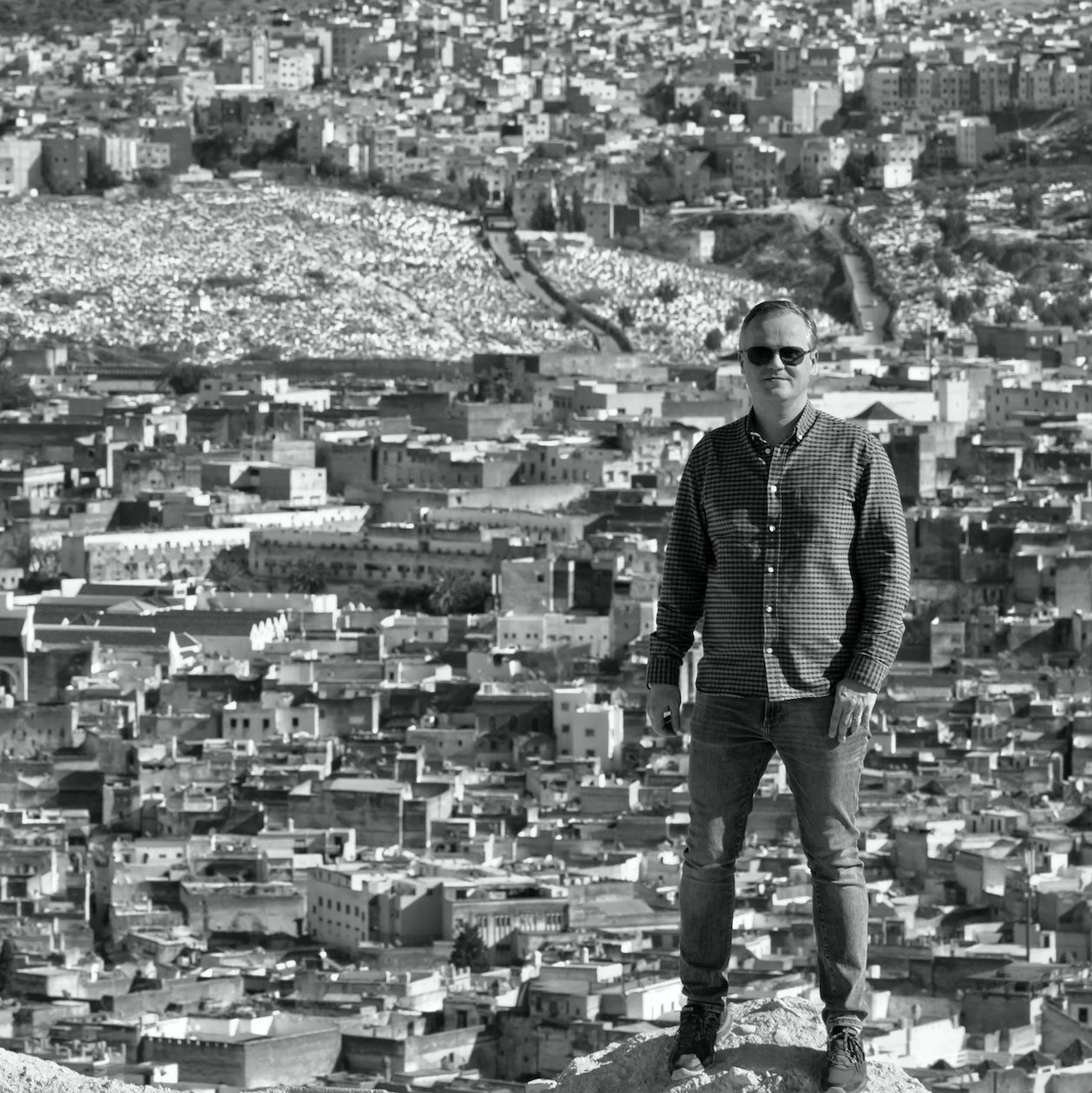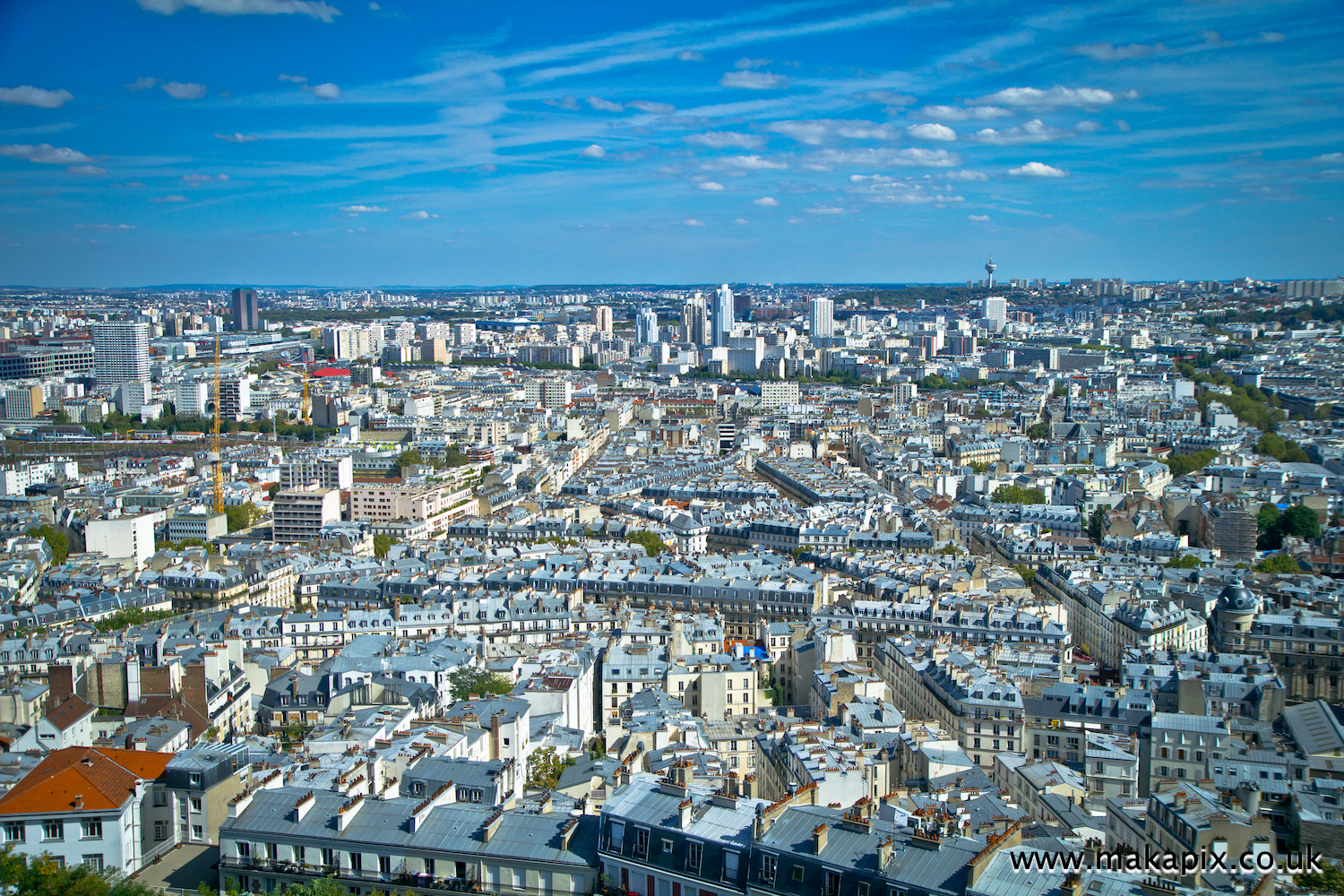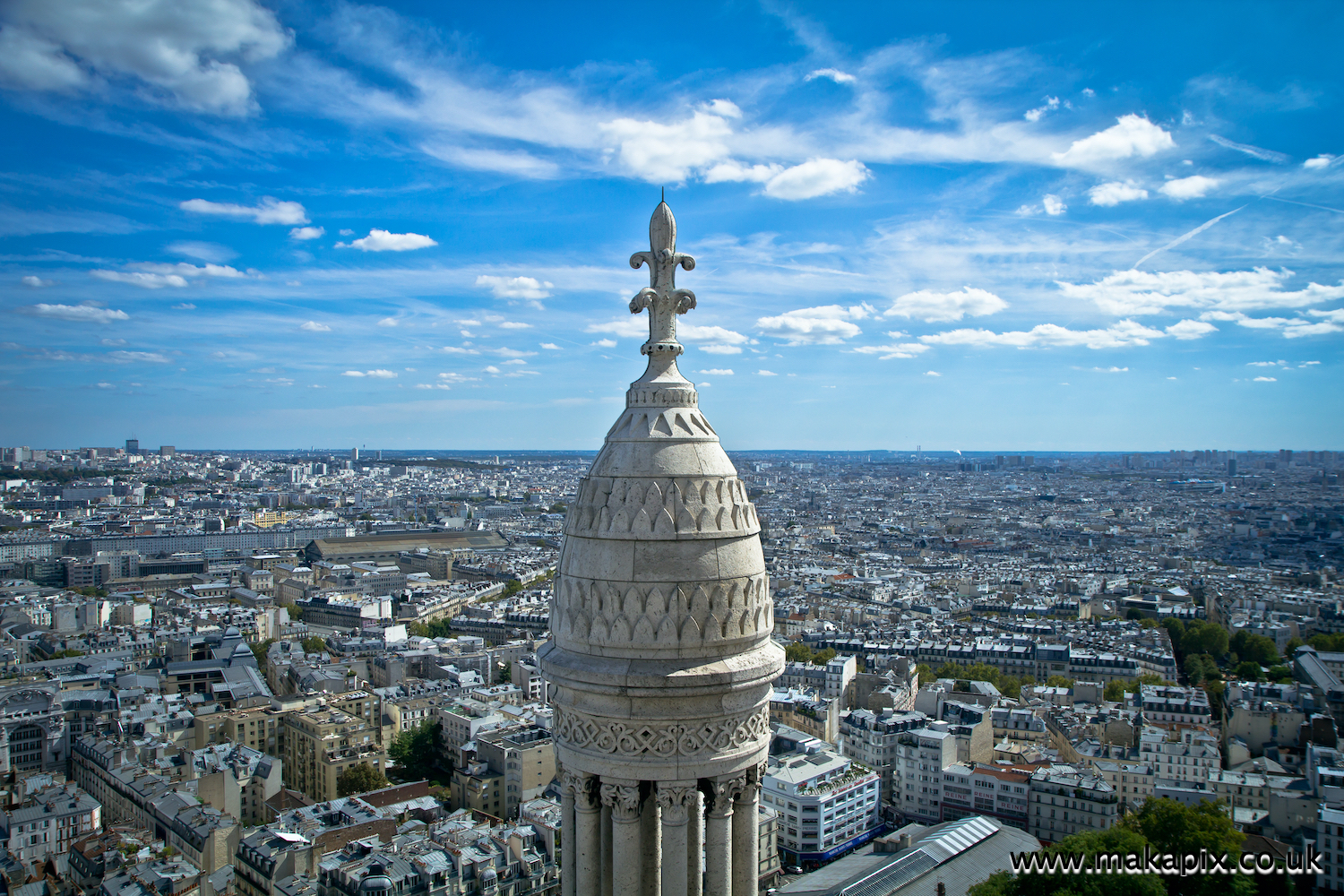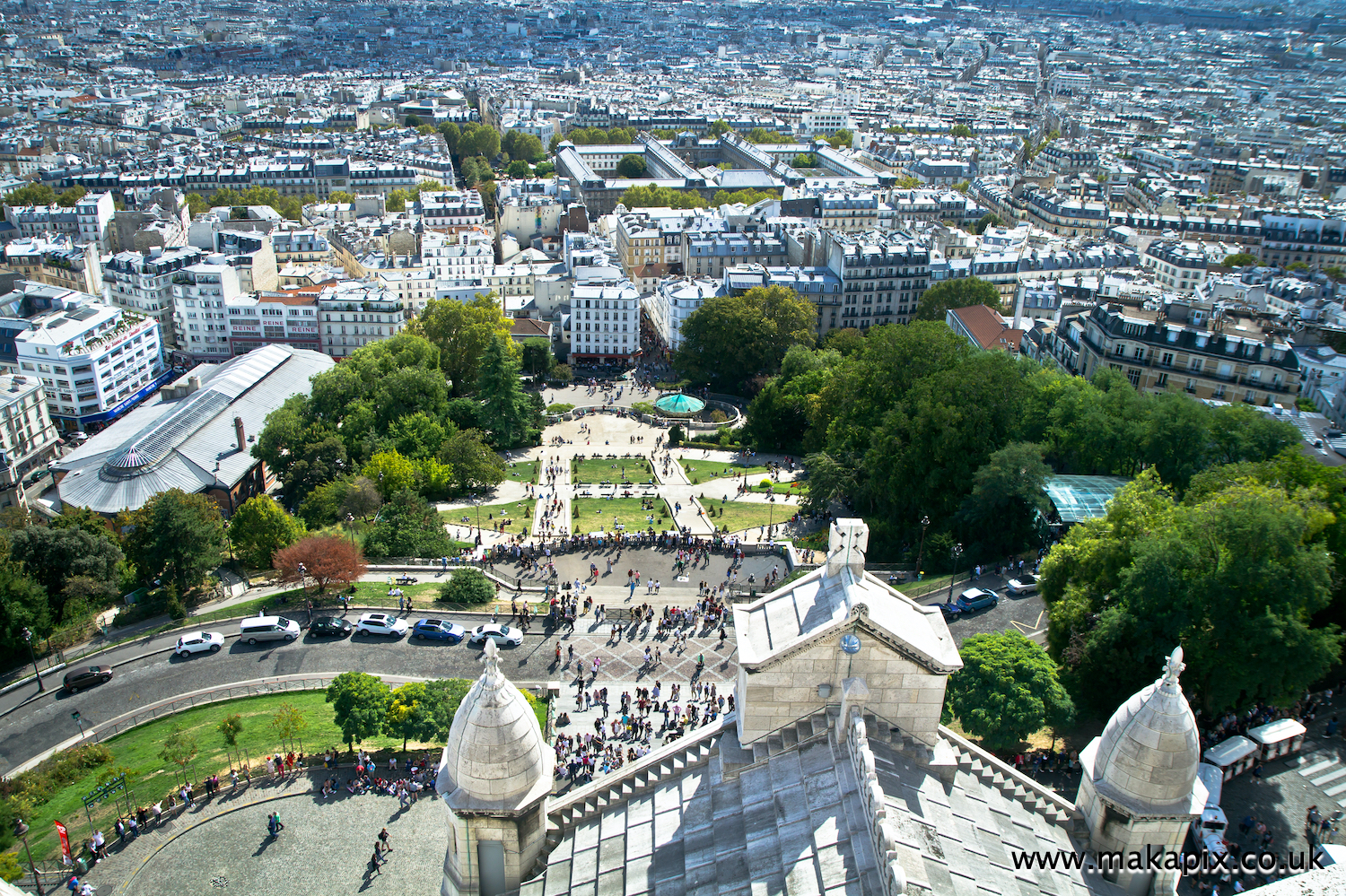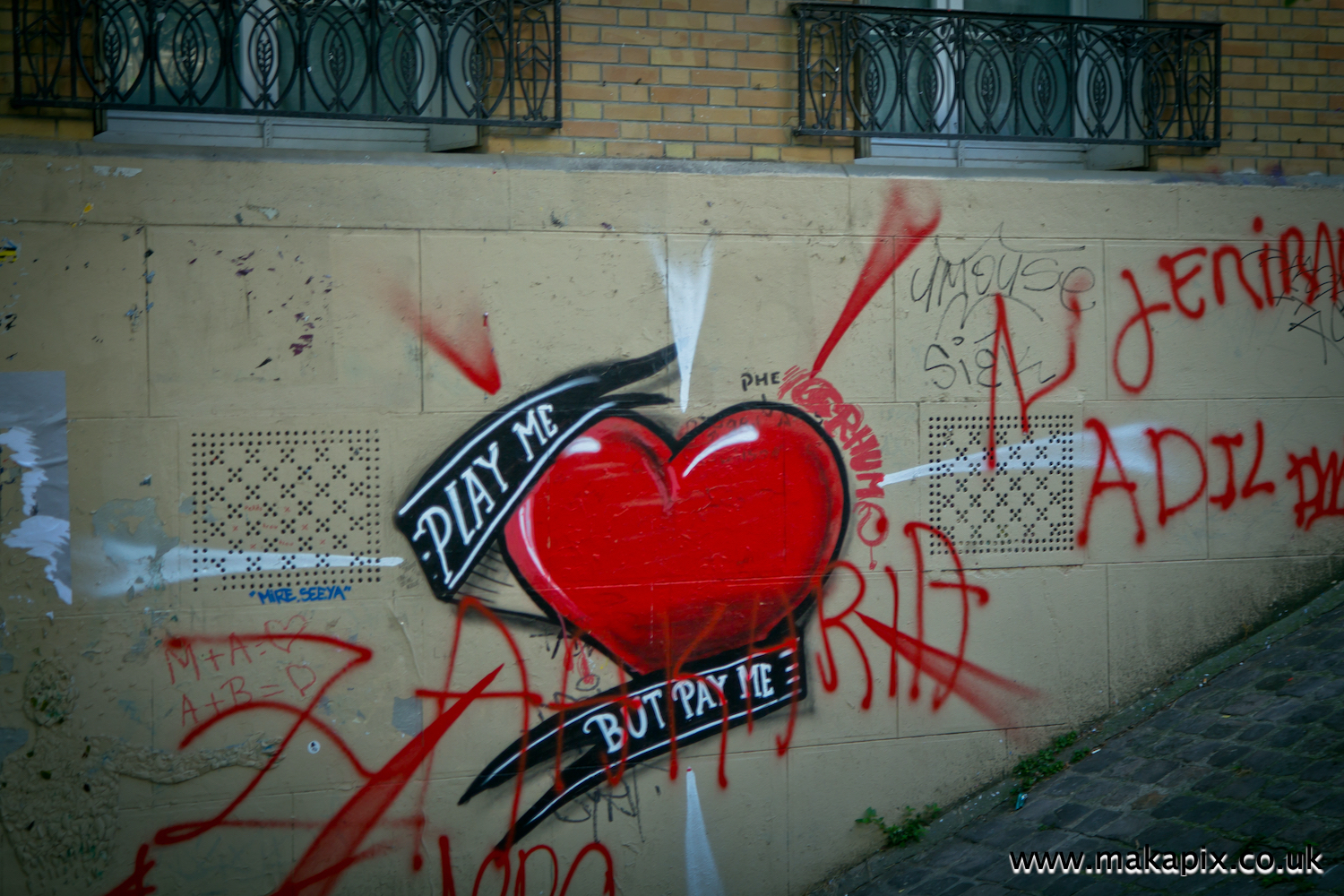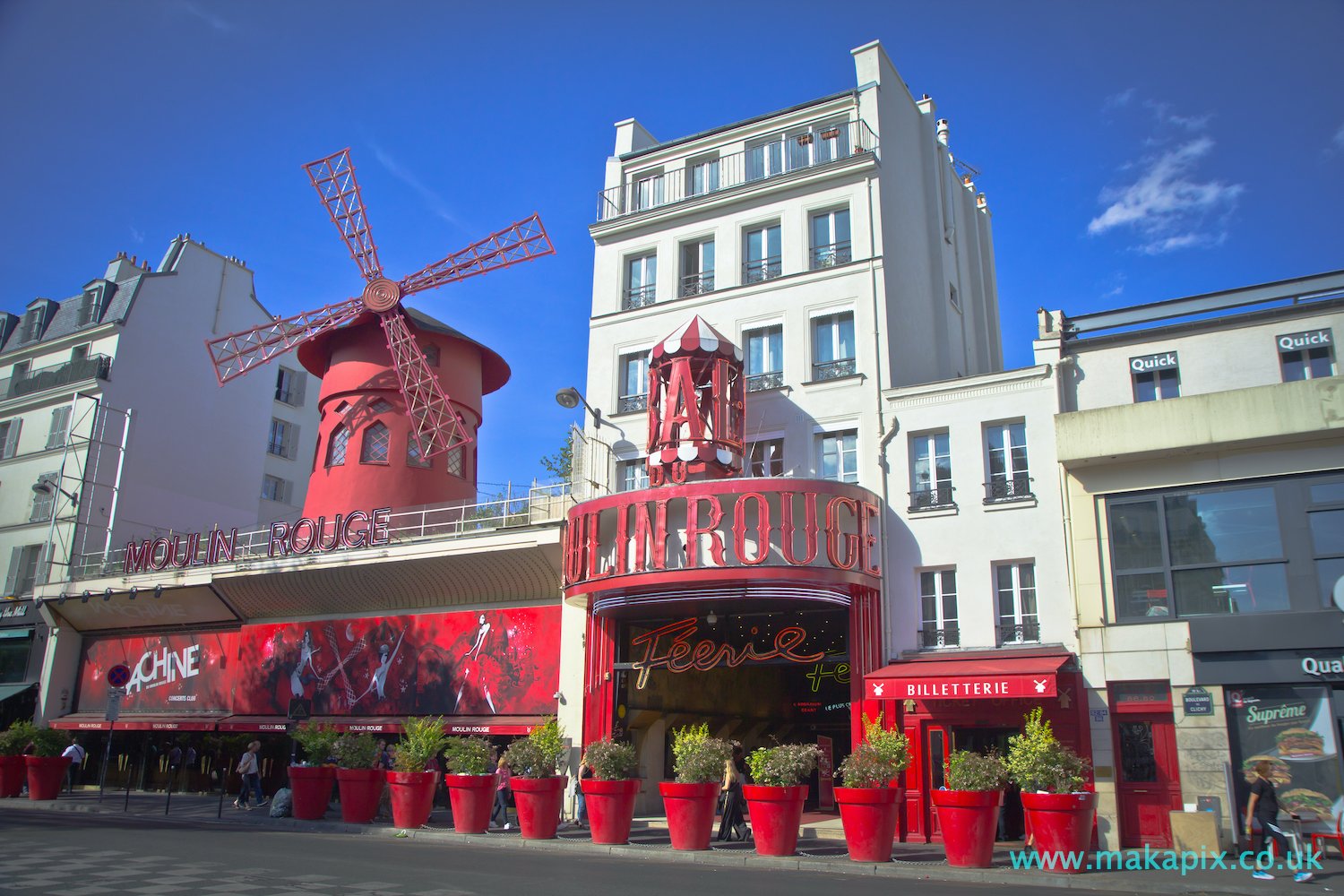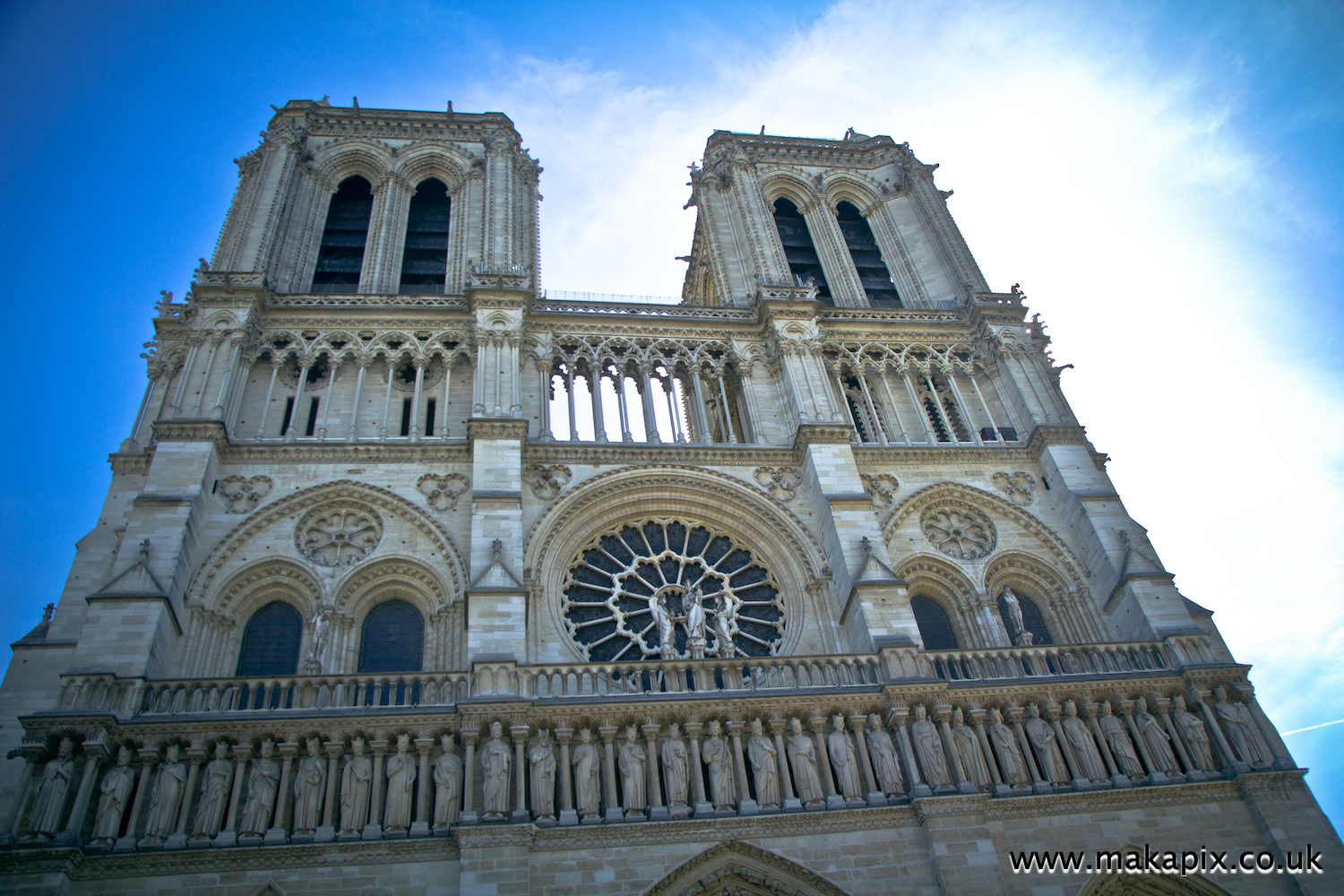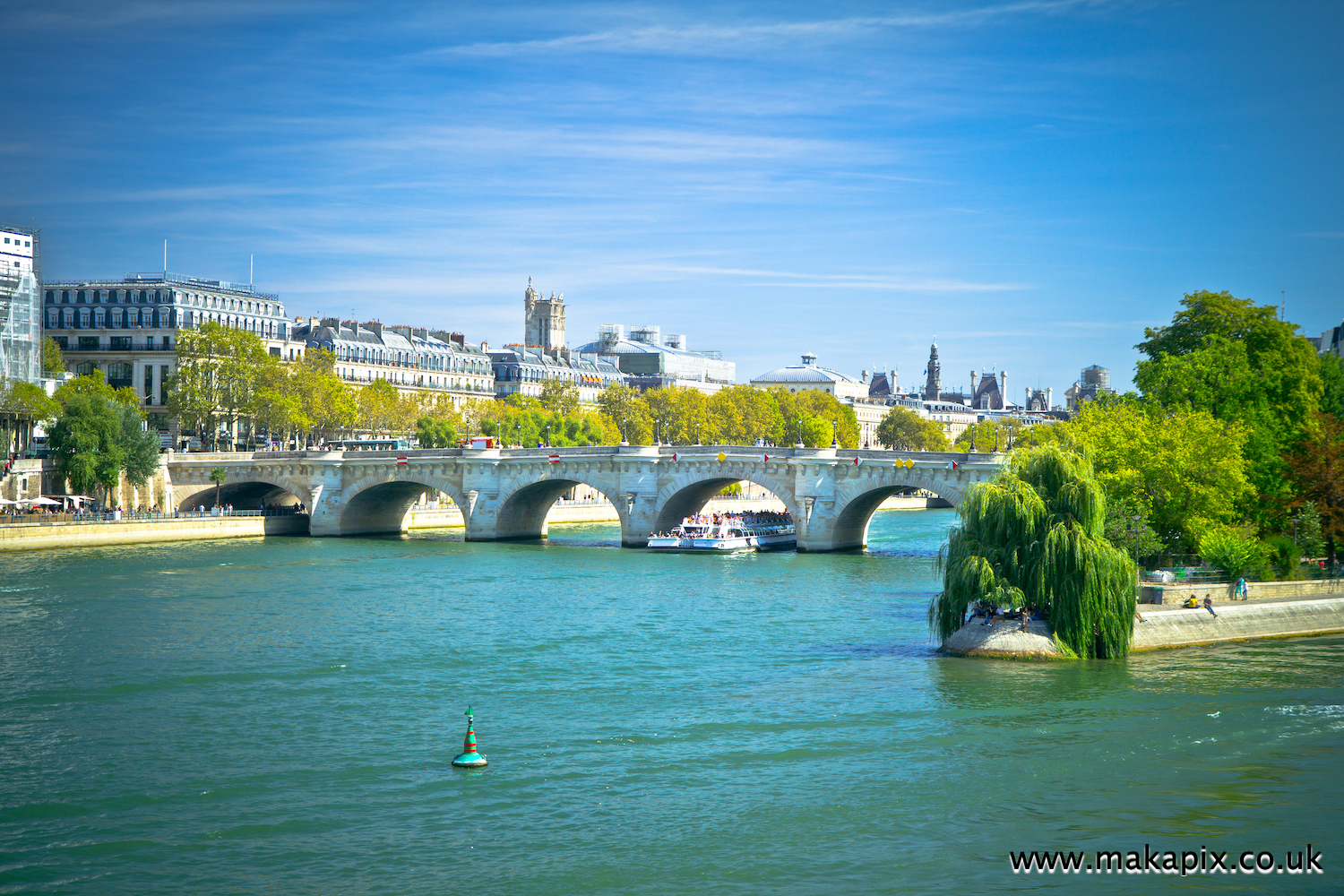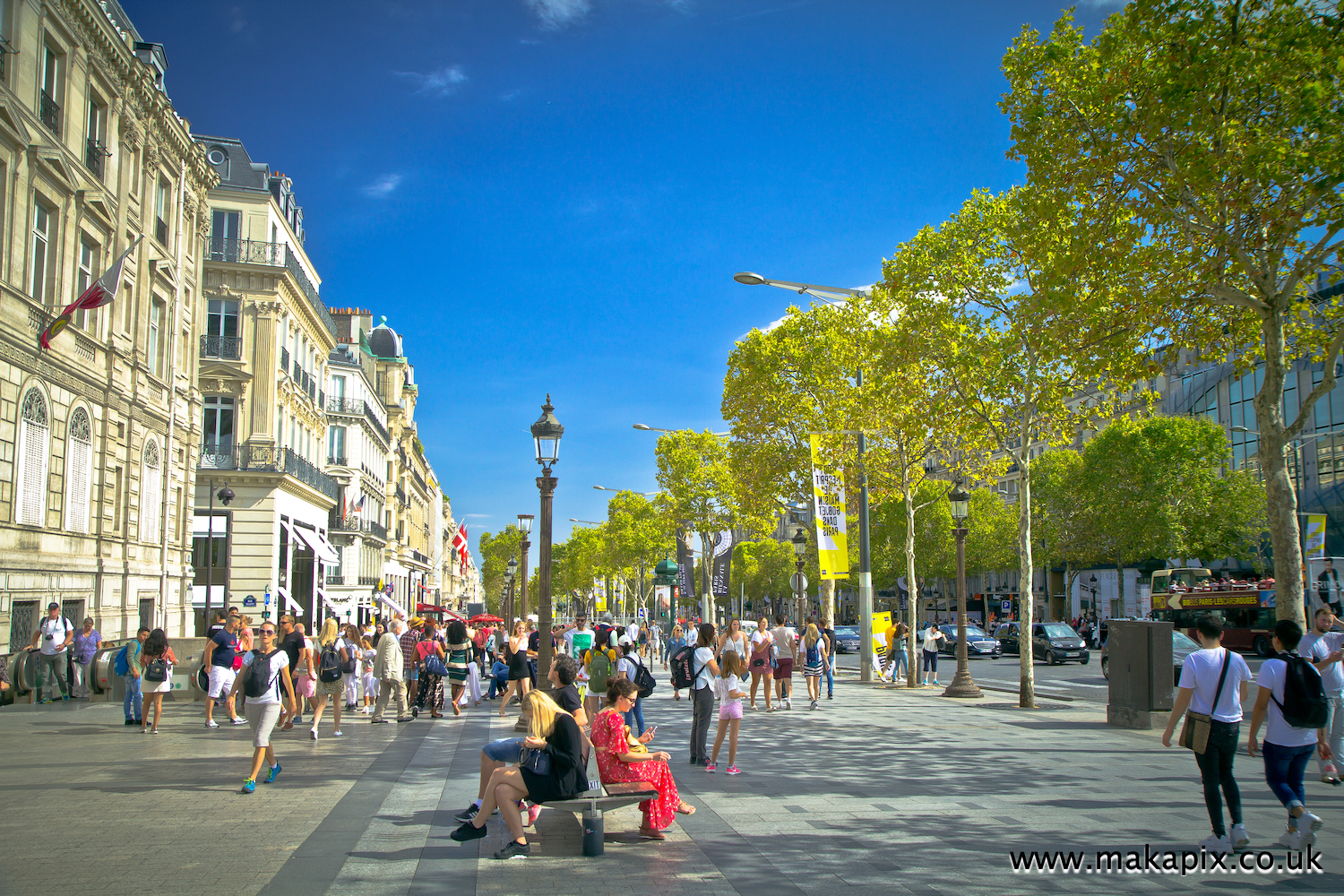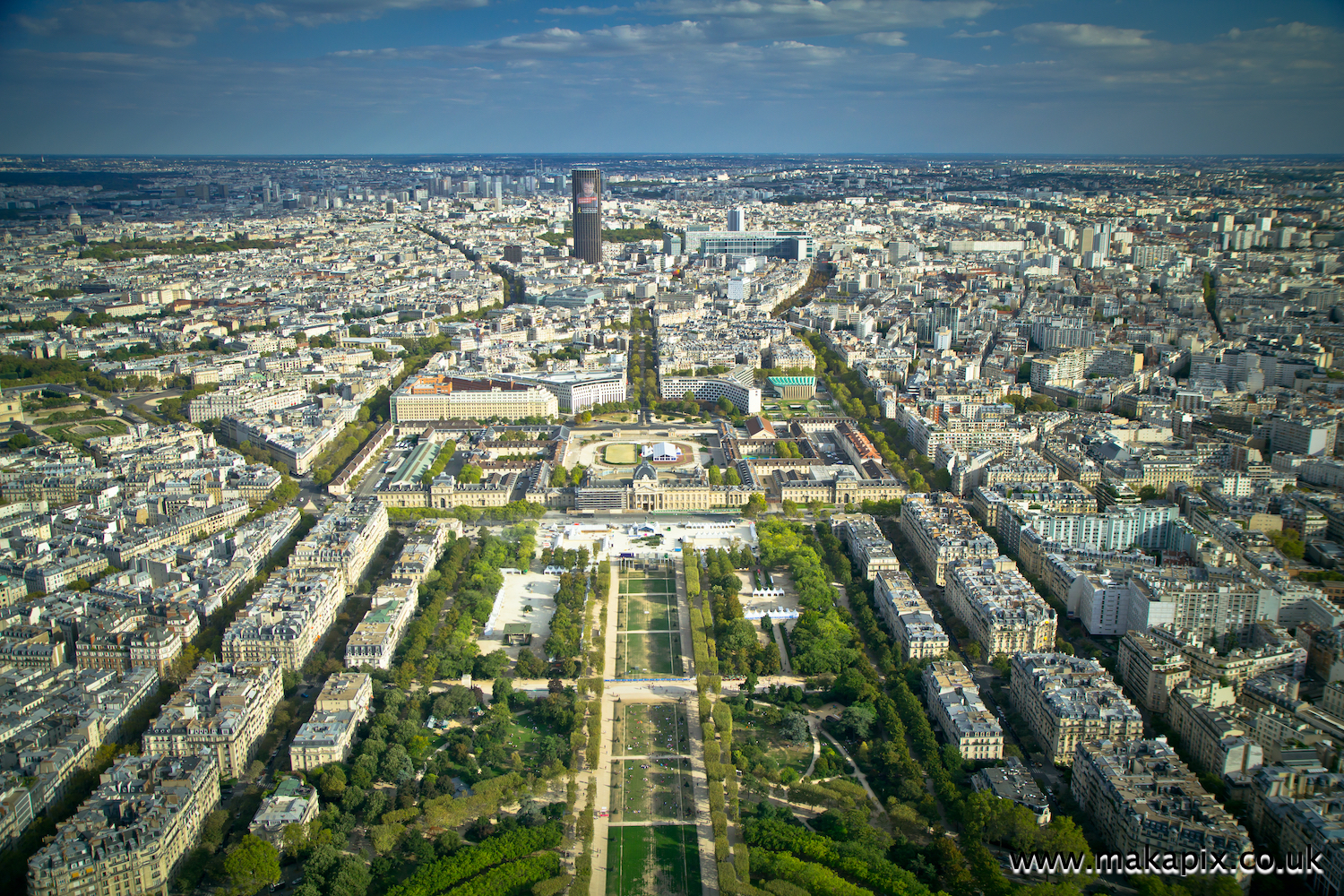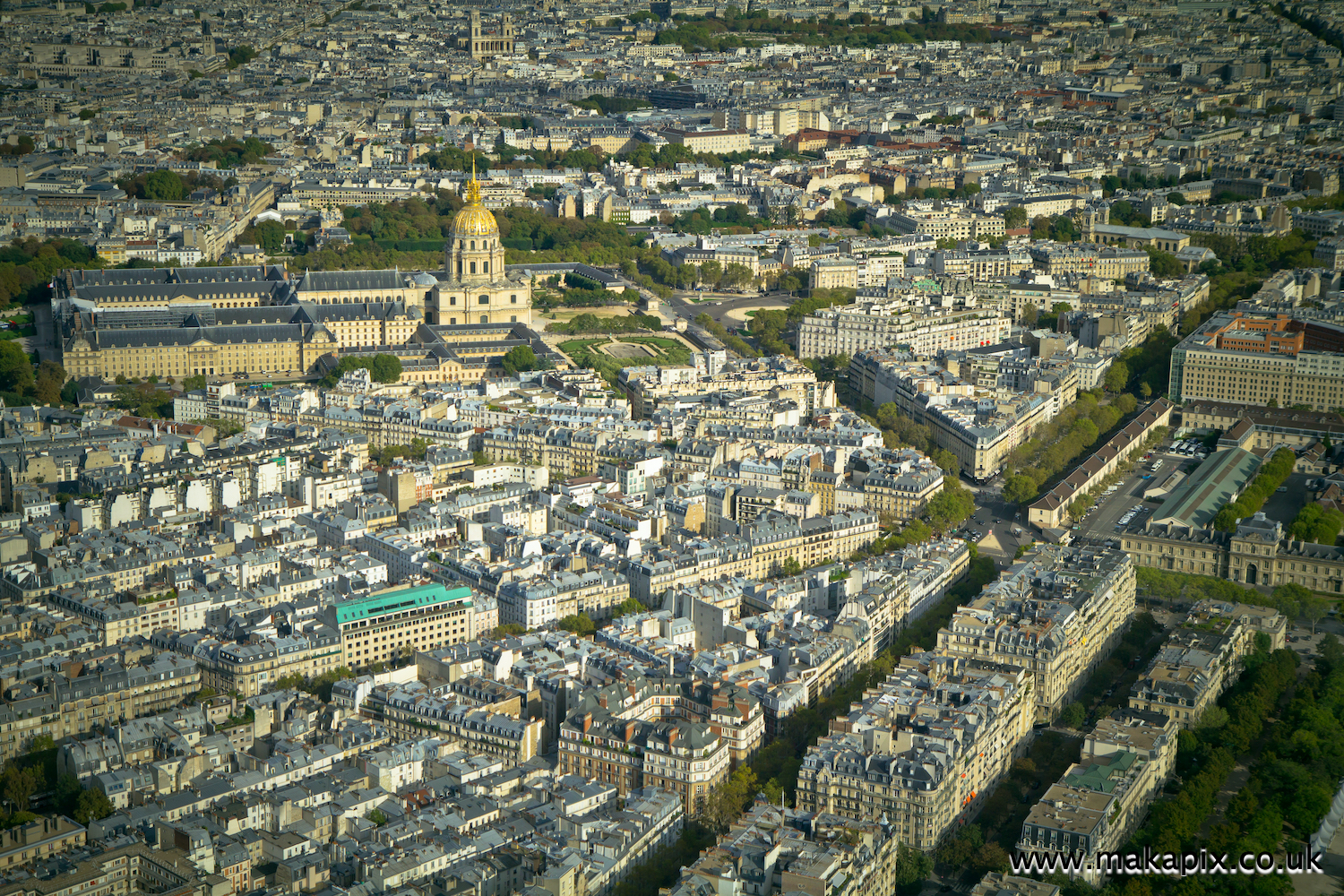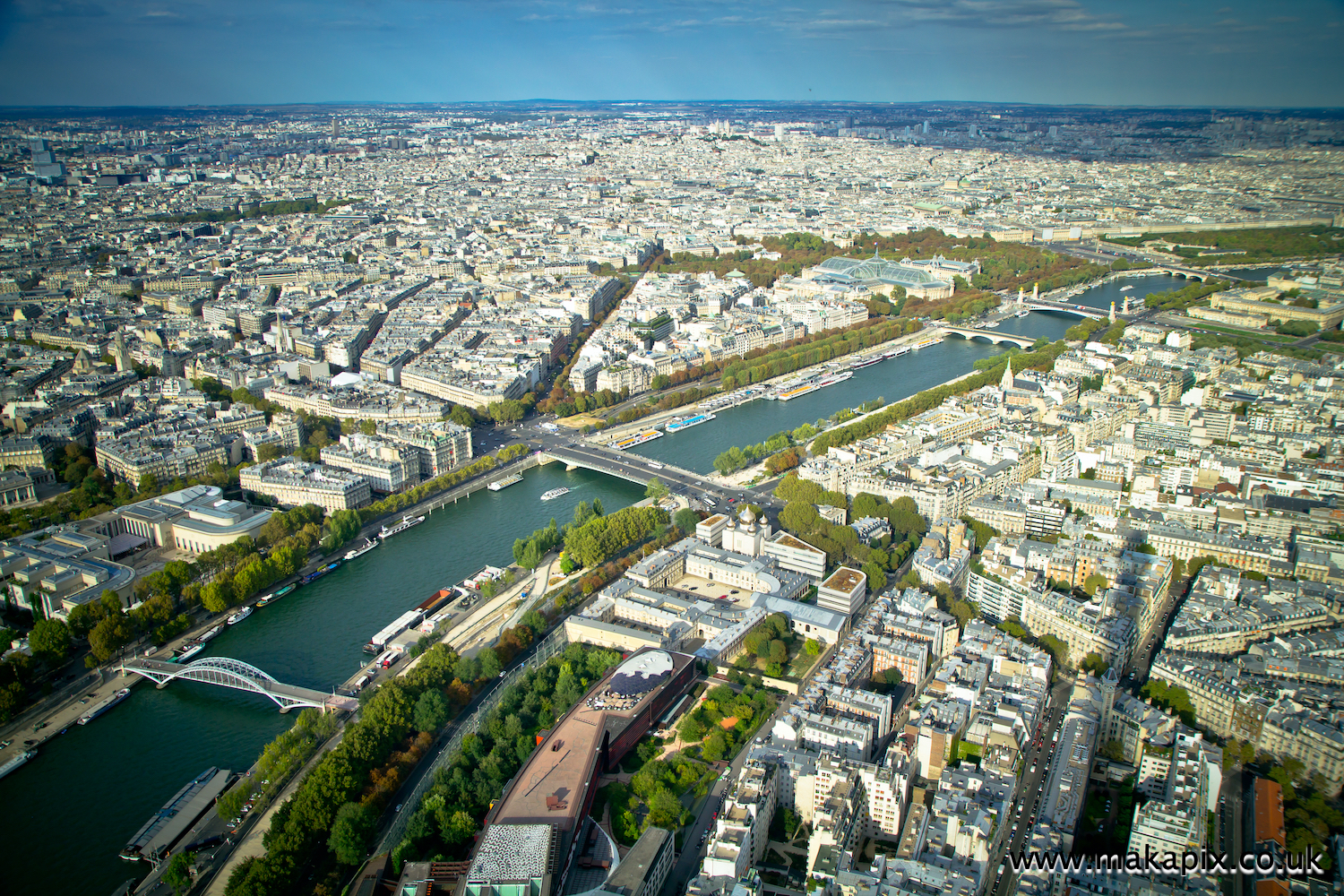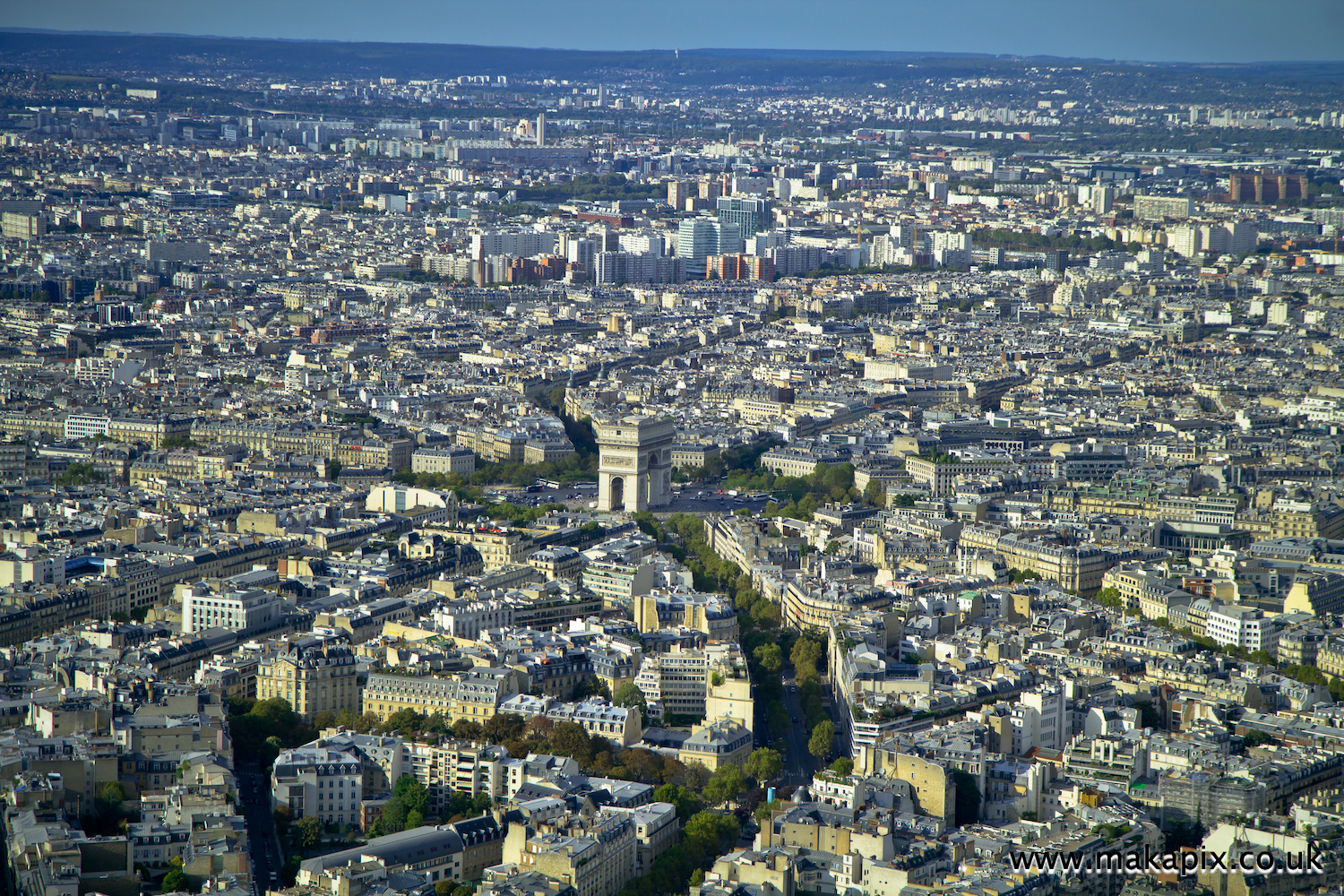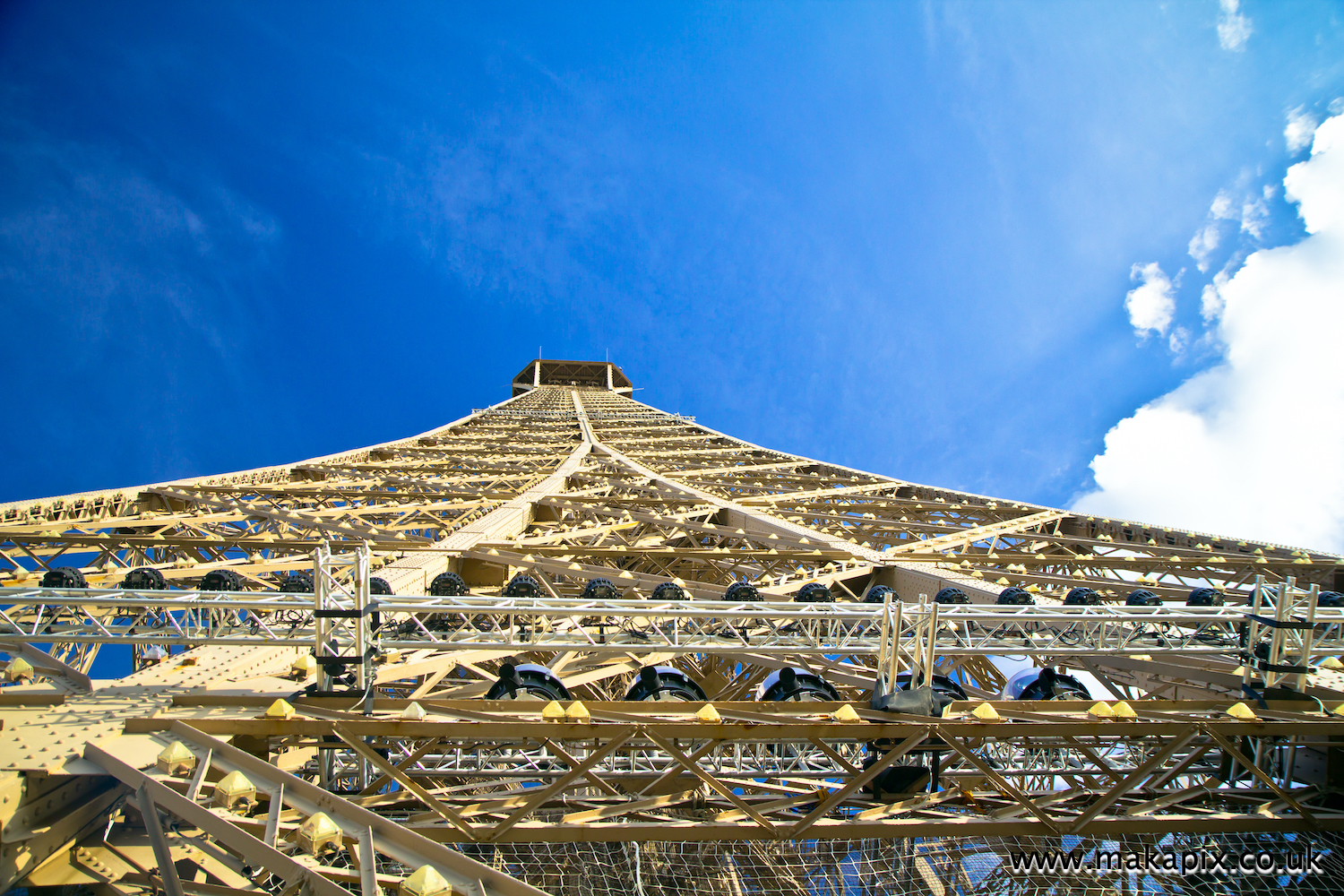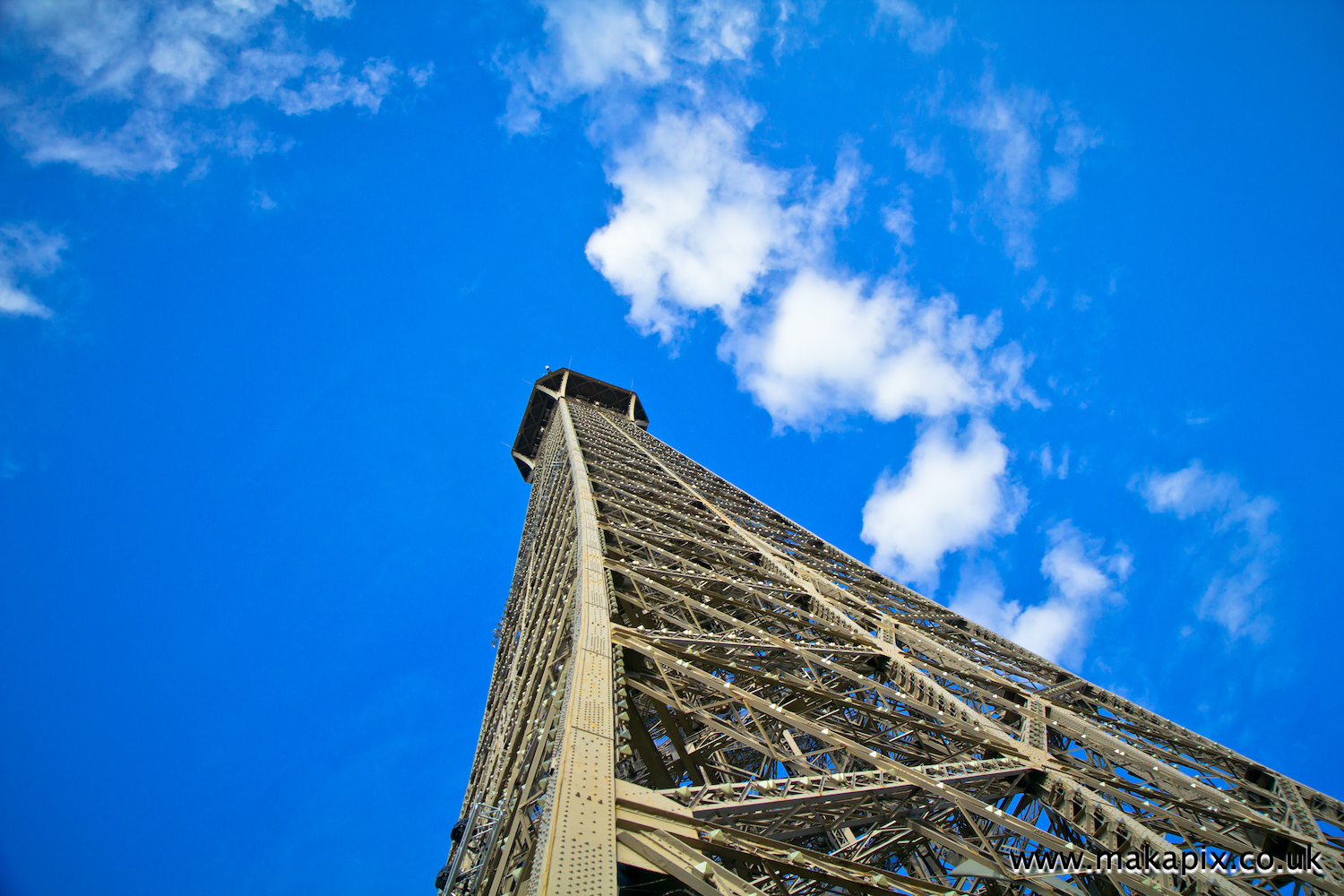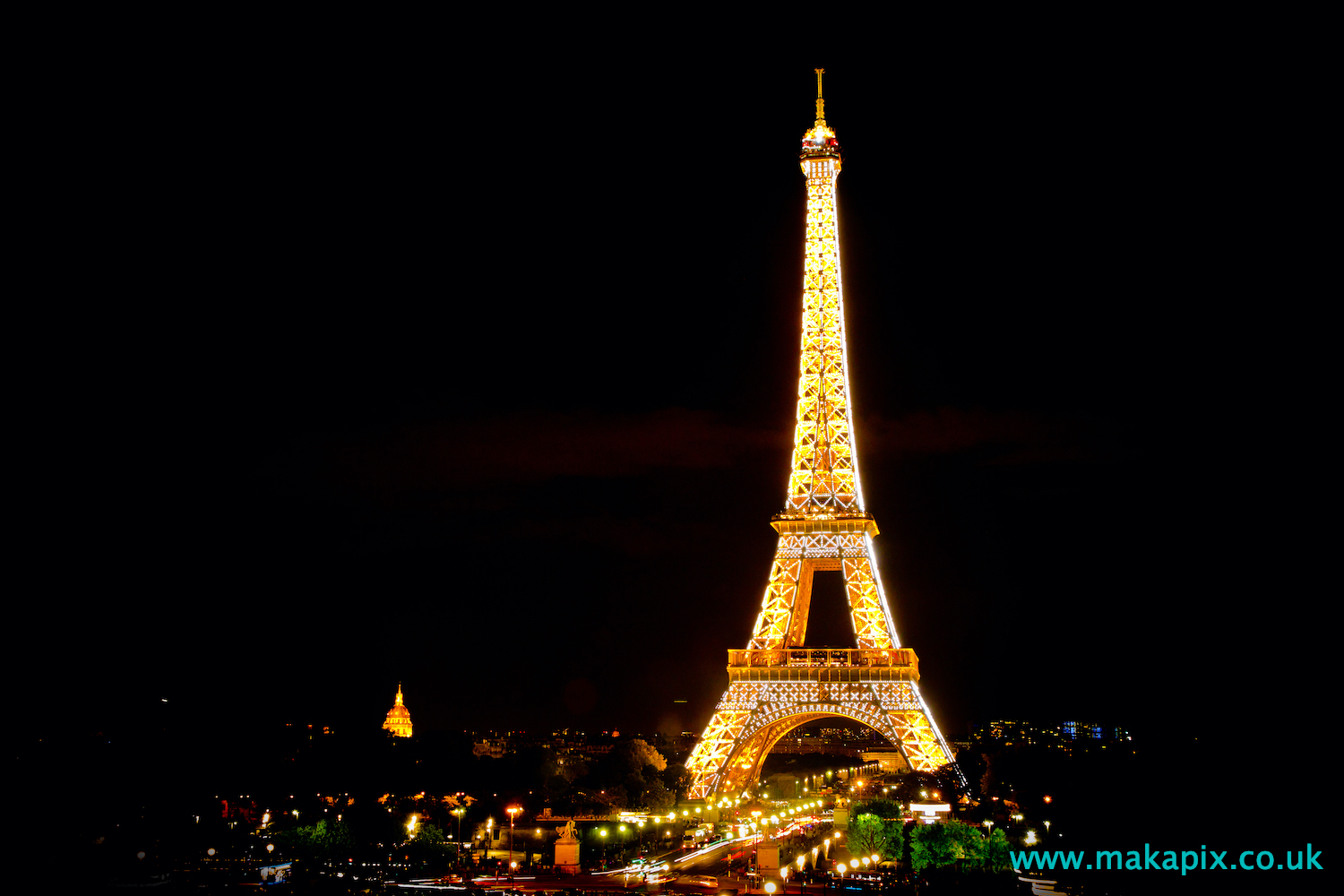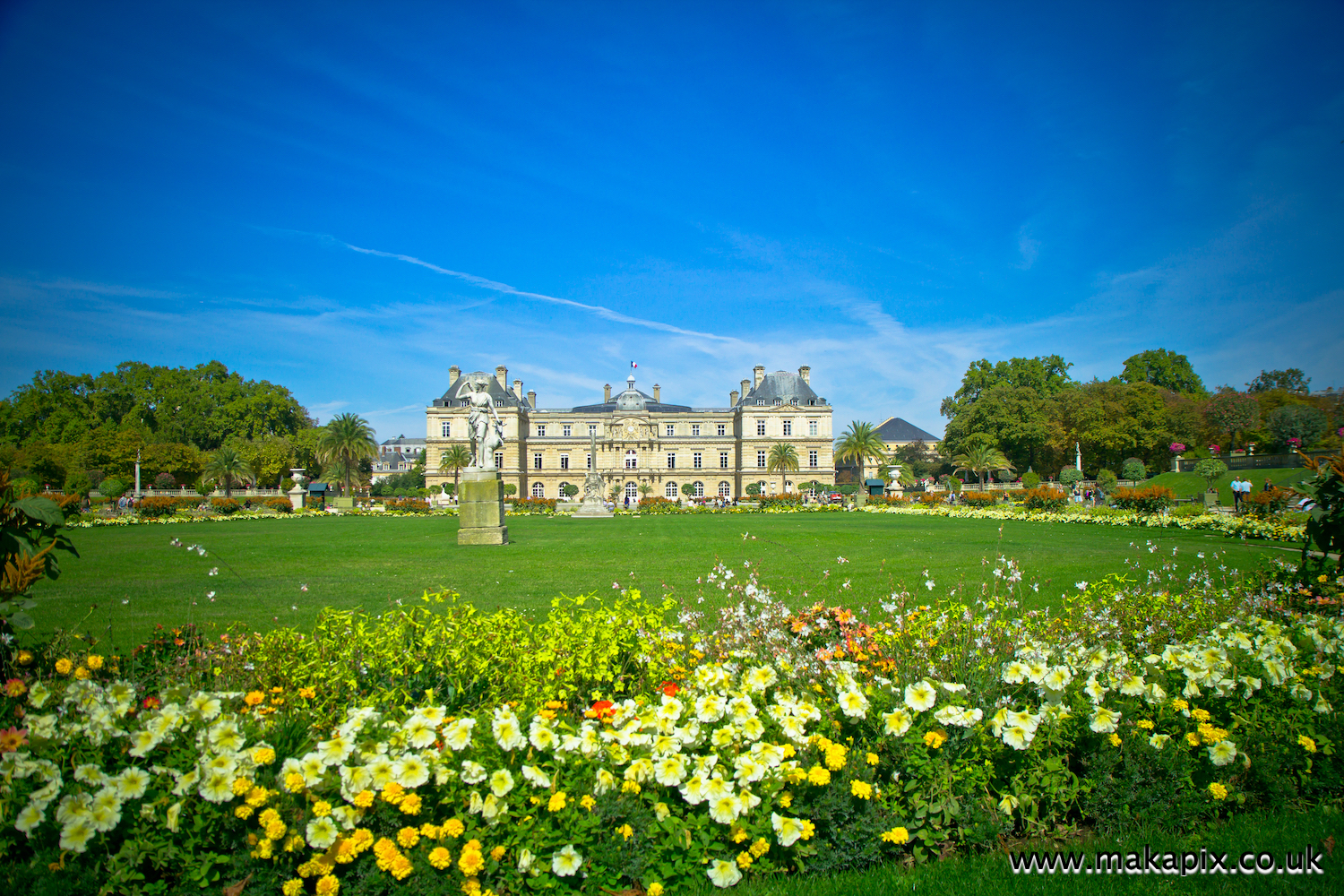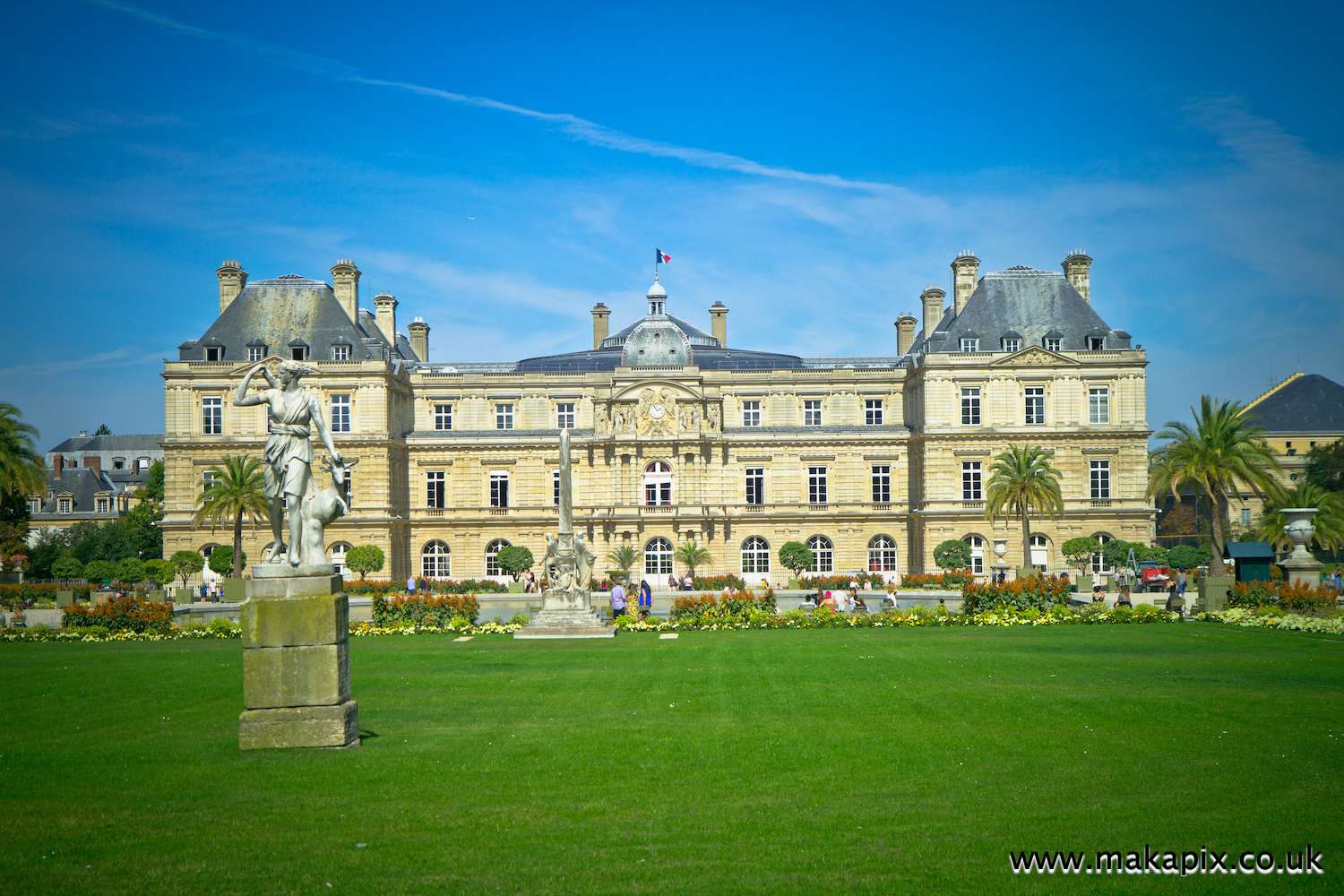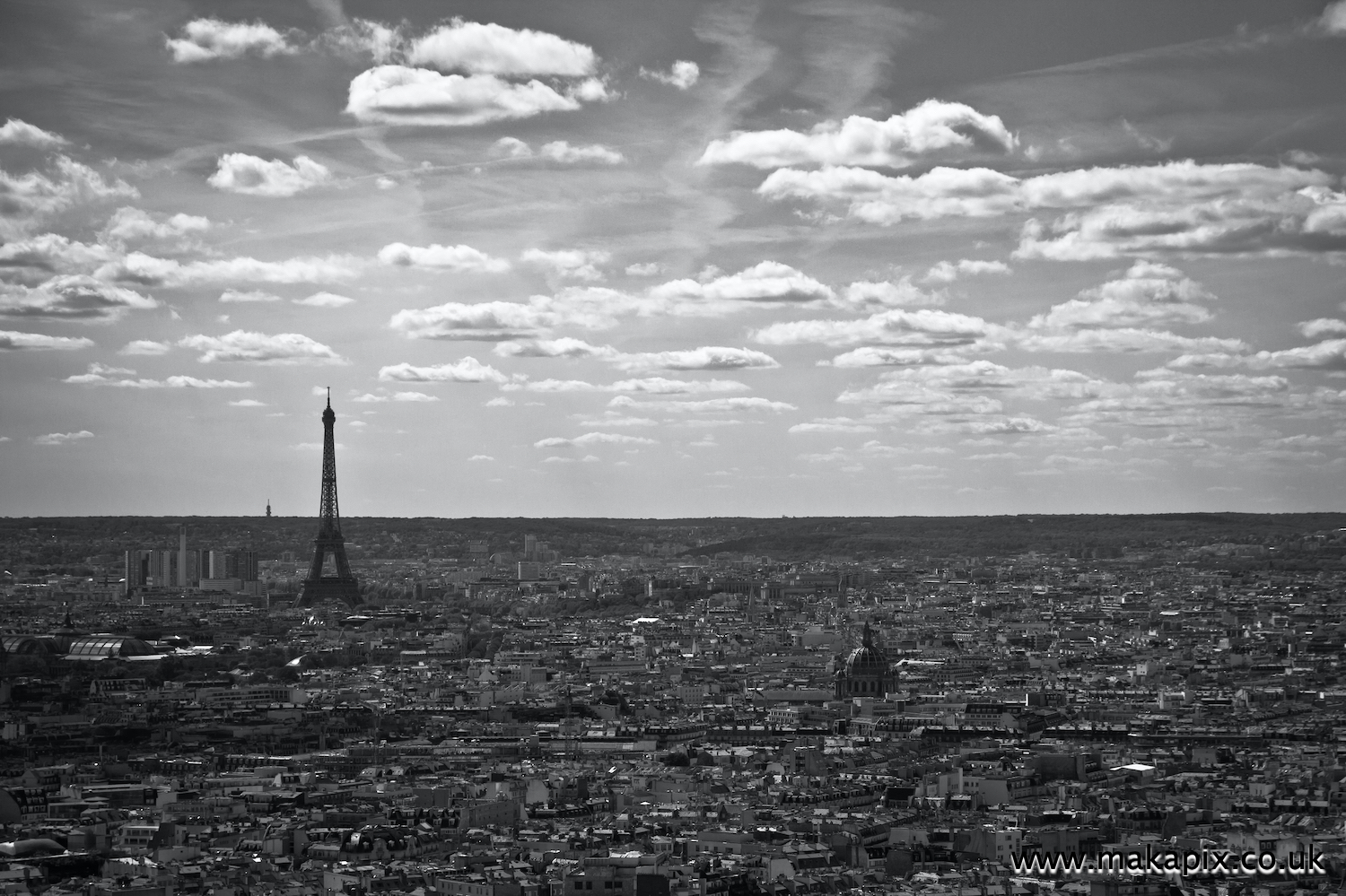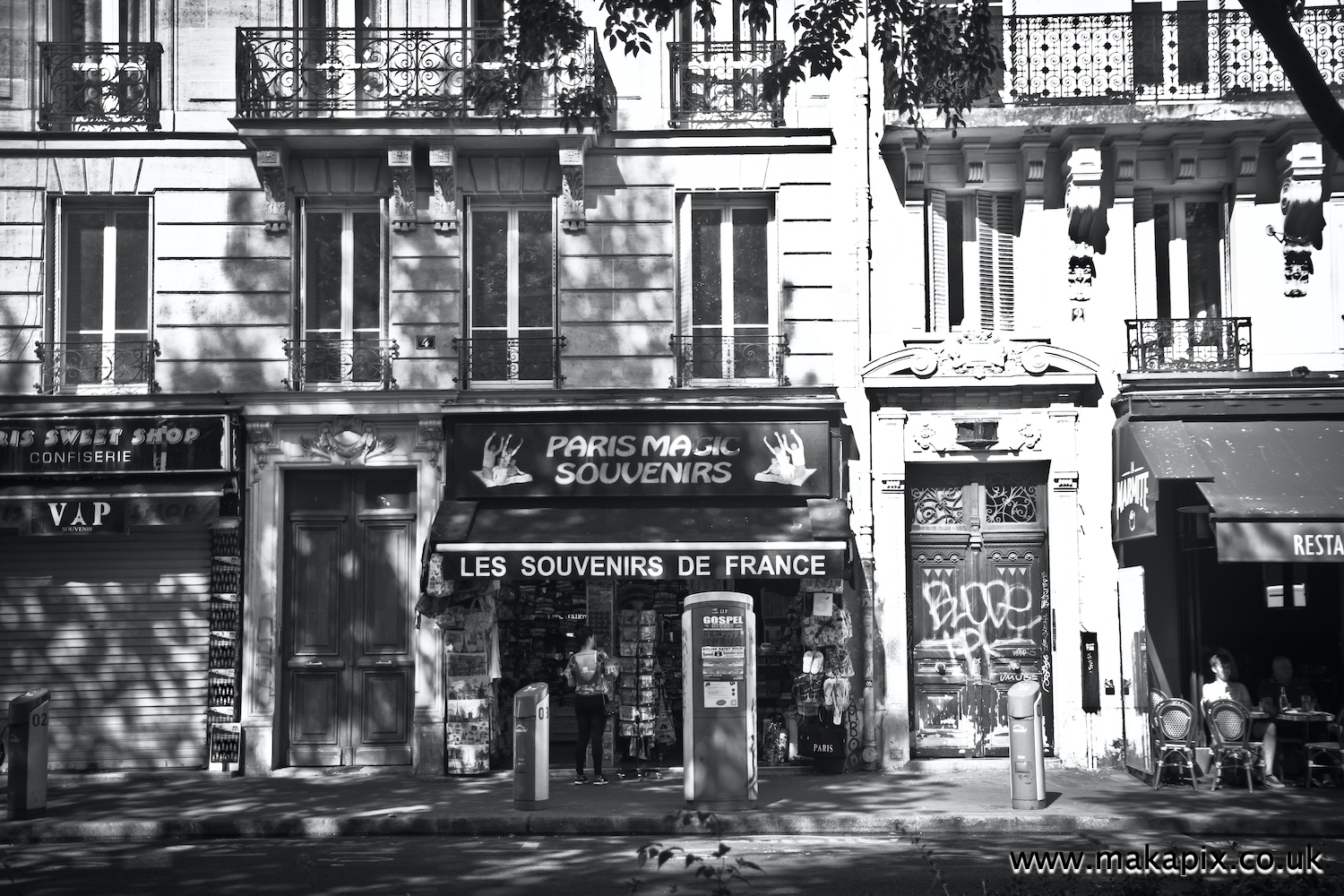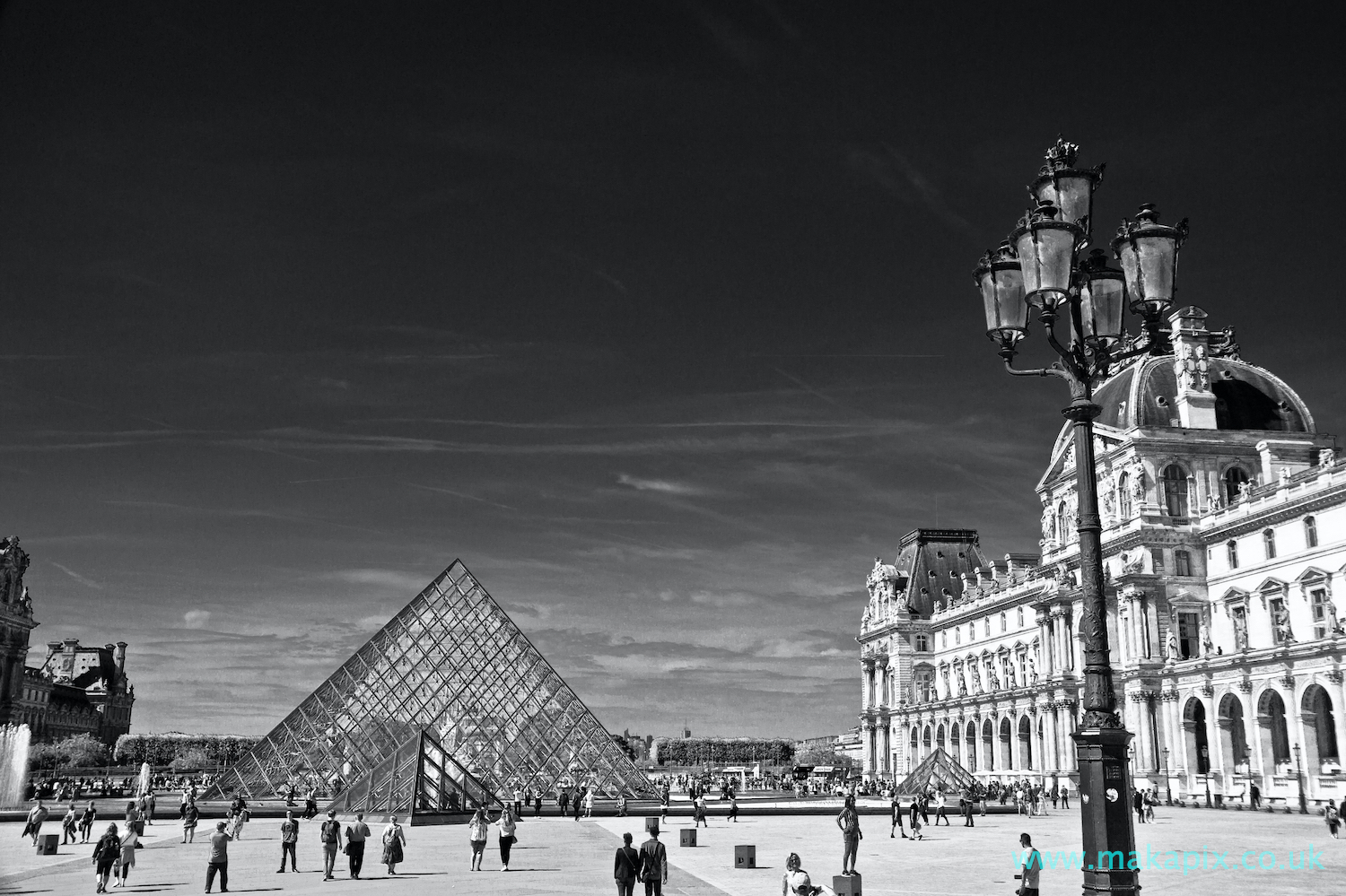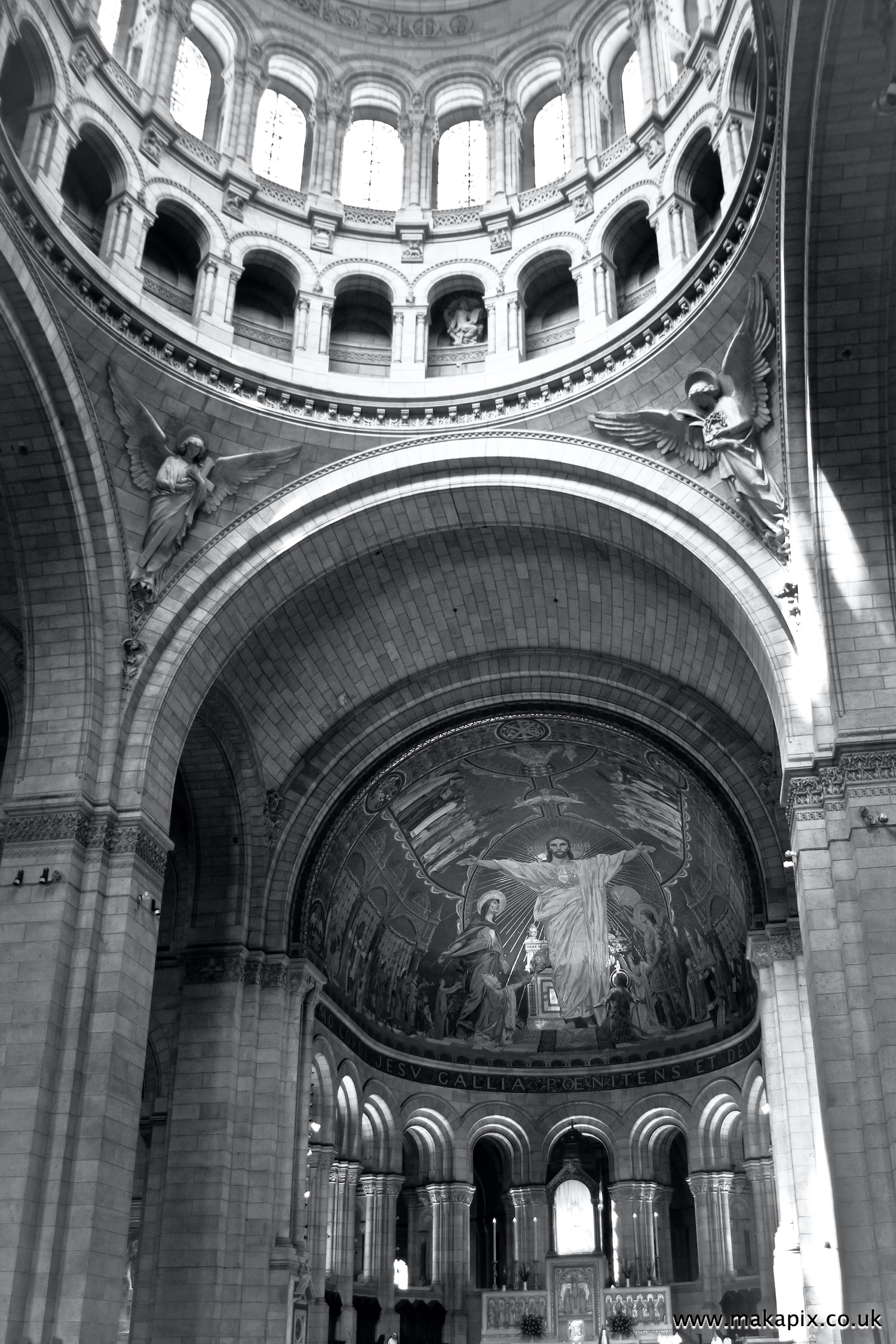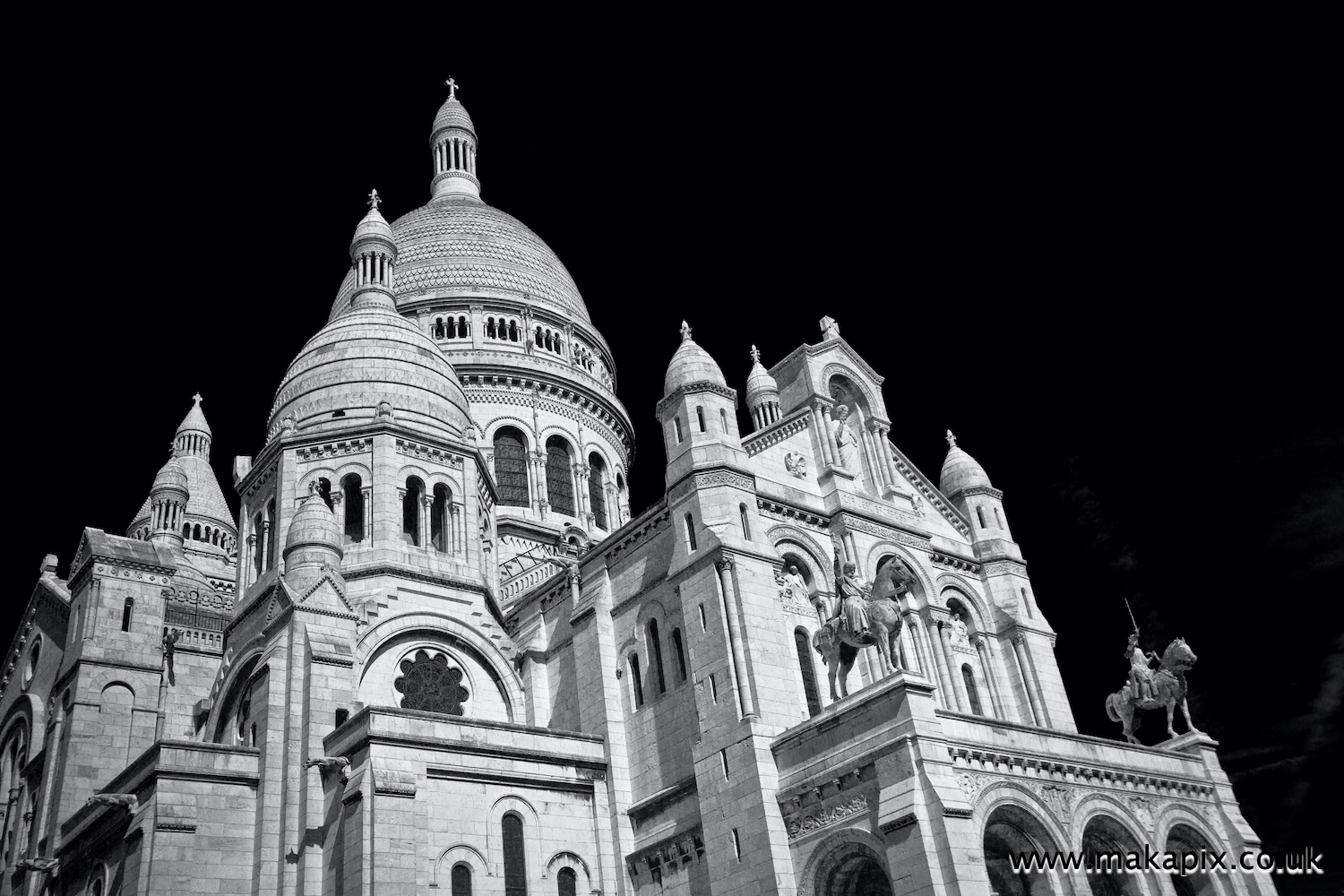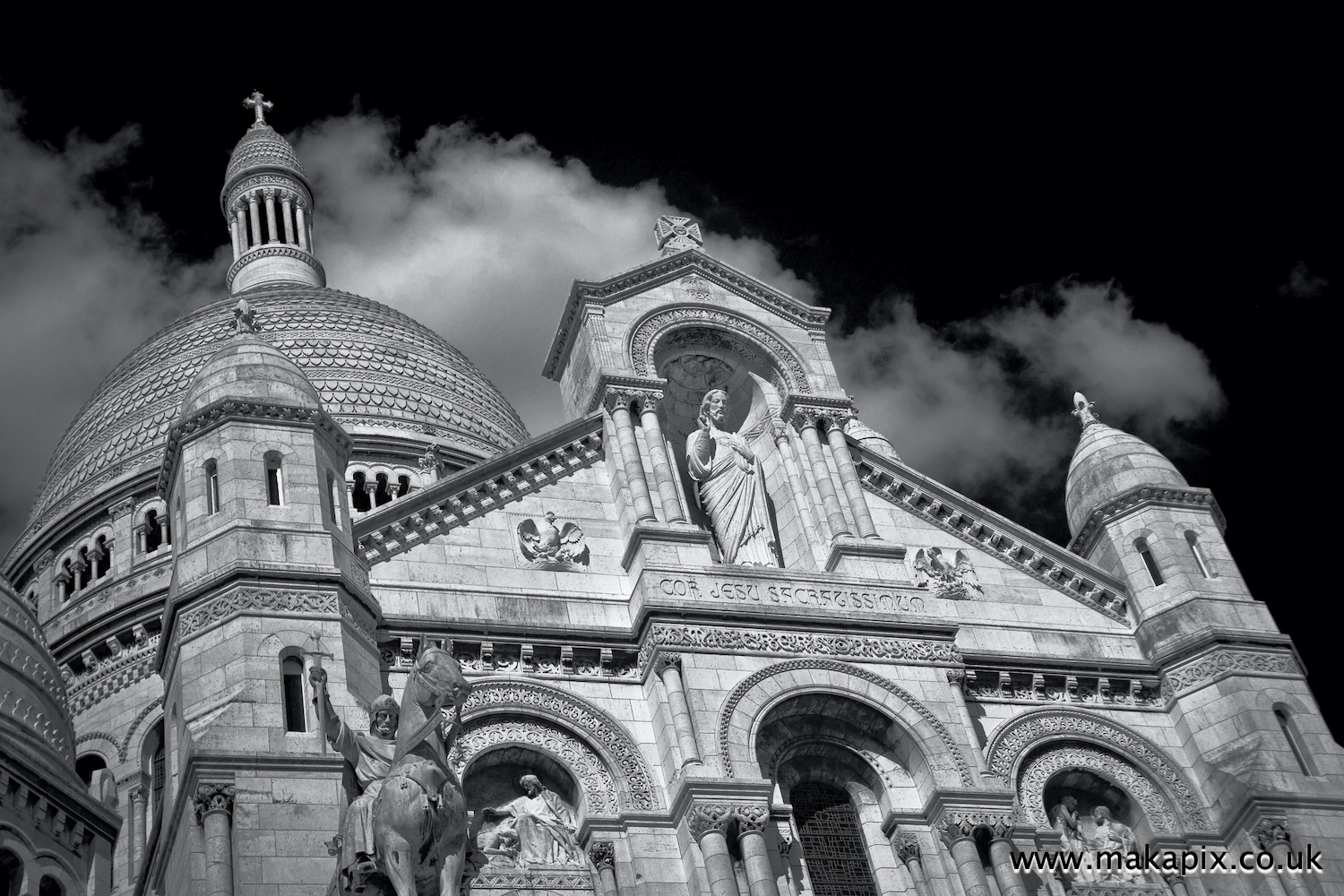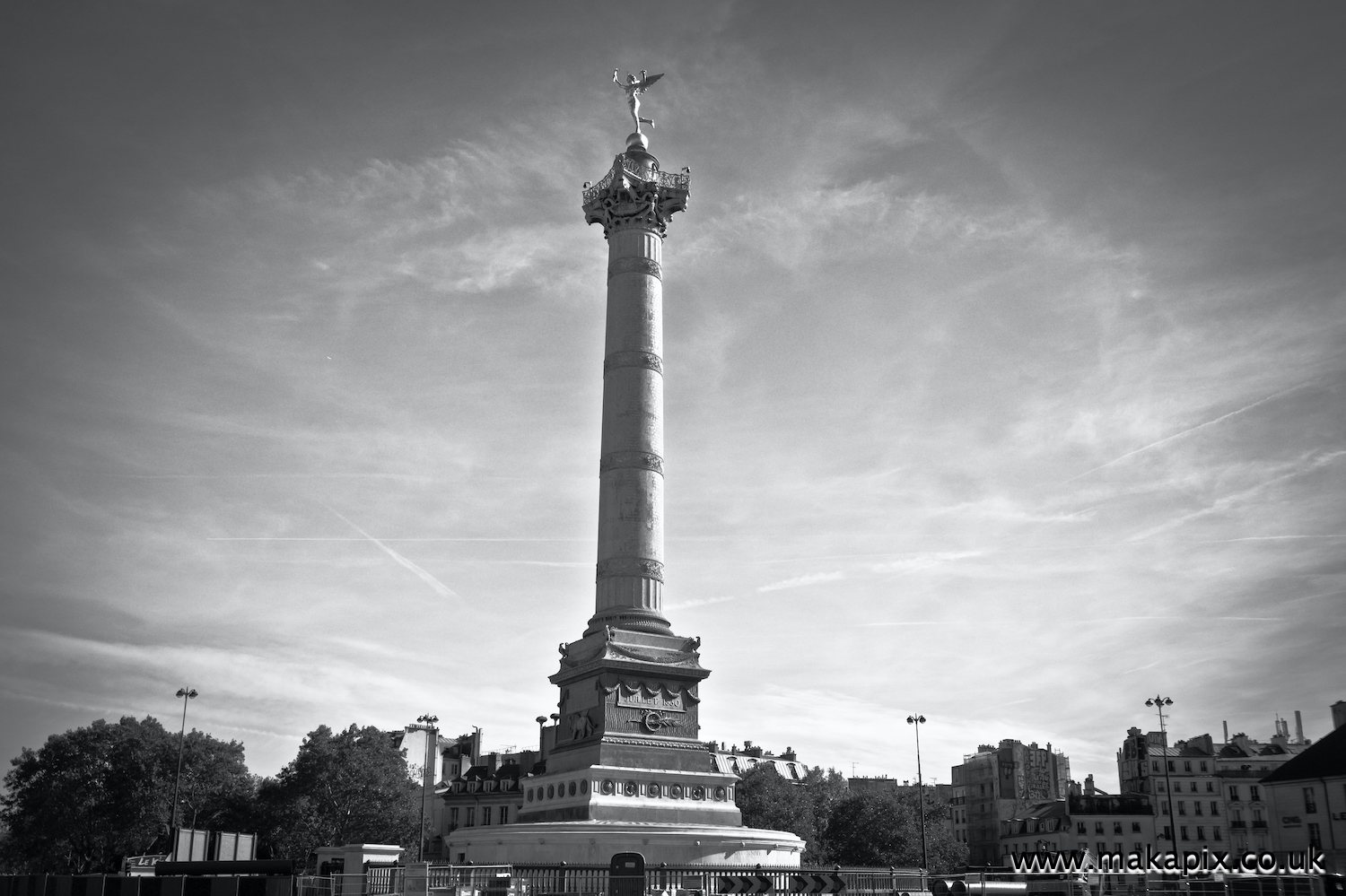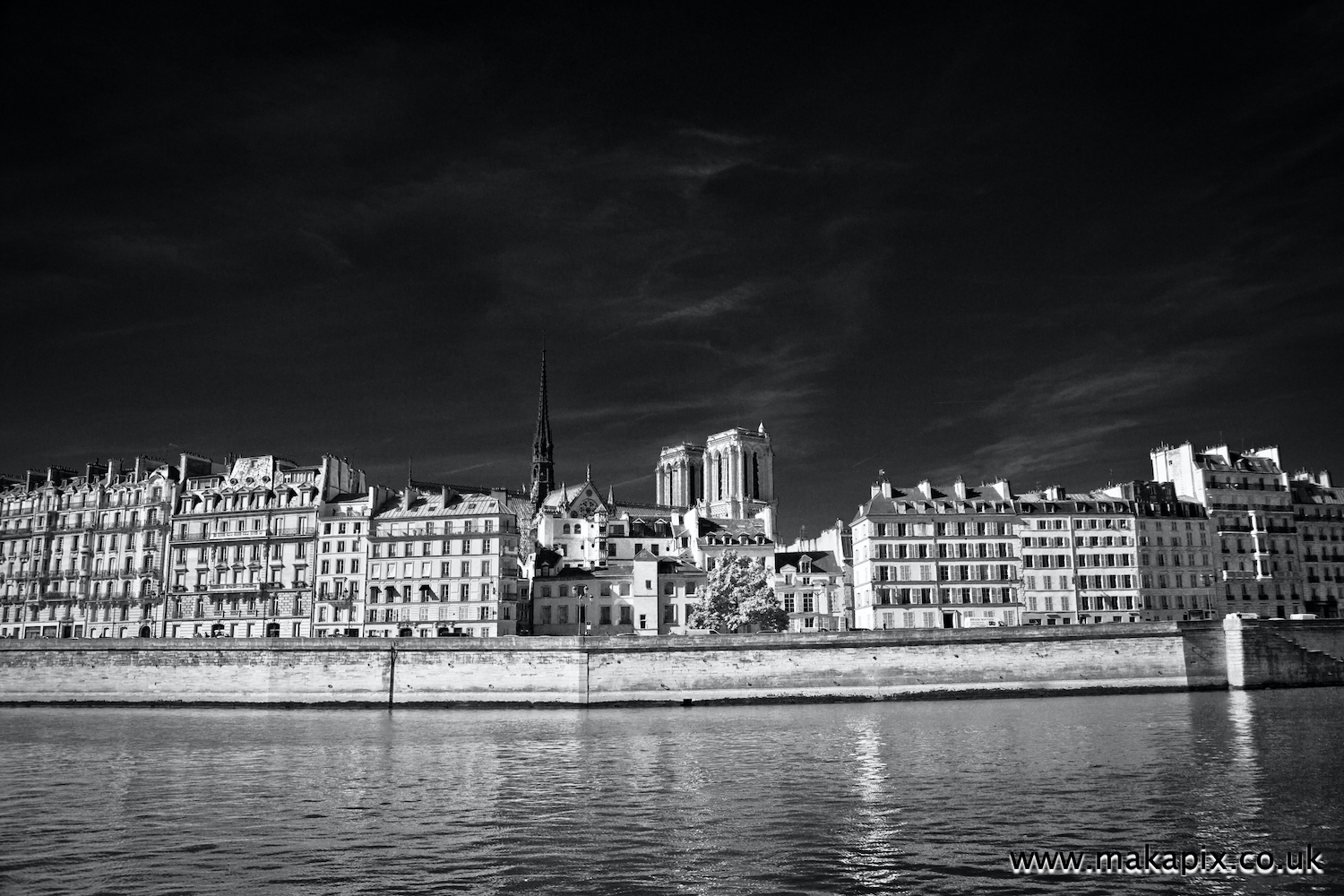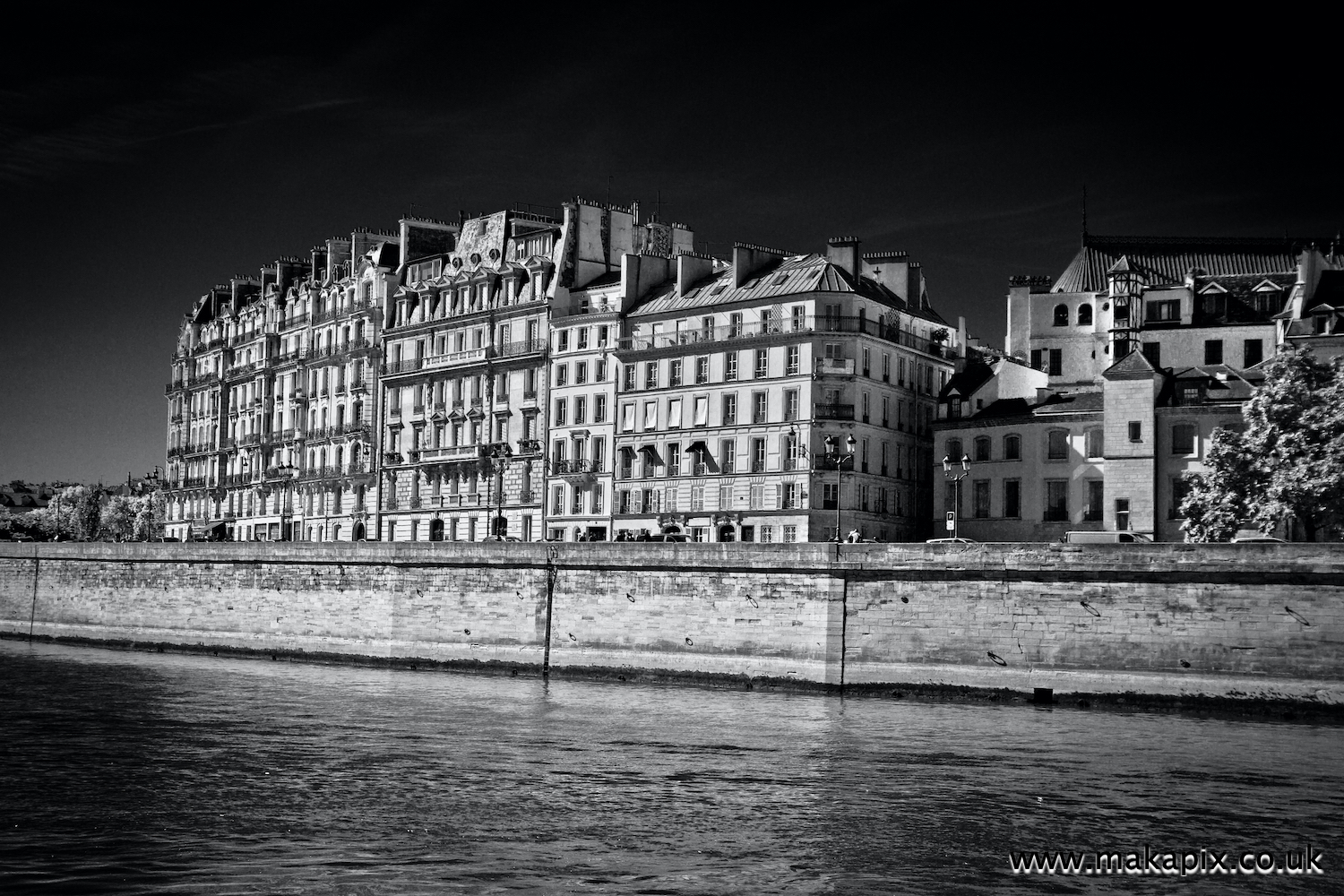PARIS is the capital and most populous city of France, with an estimated population of 2148271 residents as of 2020, in an area of 105 sq. km. There’s a reason PARIS is one of the most popular cities among travelers. Known as the “City of Light” or the “City of Love,” the streets of Paris overflow with culture, art, beauty, and history.
Interesting facts about Paris:
- The first photo ever taken of a person was taken on a street in Paris by Louis Daguerre. By today’s standards it isn’t great quality, but it paved the way for people like me to do what I do!
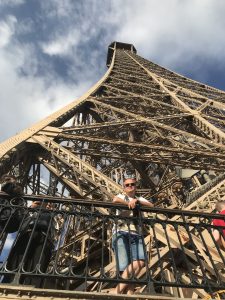
- The Eiffel Tower was supposed to be a temporary installation, intended to stand for 20 years after being built for the 1889 World Fair.
- Paris was originally a Roman City called “Lutetia.”
- A flat in Paris was left unoccupied under lock and key for 70 years, but the rent was paid every month; when the renter passed away, a painting by Boldini valued at more than $2 million was found inside.
- There are at least three replicas of the Statue of Liberty in Paris. The most famous of them exists on an island in the middle of the Seine and looks towards her sister statue in New York.
- The globally renowned cabaret, The Moulin Rouge, has been operating since 1899 in the heart of Paris’ Red Light District. You can still enjoy a night here, with dinner and a burlesque or even magic show on offer. In fact, the theatre has 80 performers on rotation year-round.
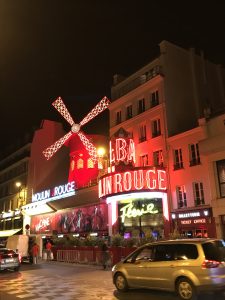
- The main bell of the Notre Dame Cathedral is named Emmanuel and weighs over 13 tonnes.
- There are 6,100 rues – or streets – in Paris; the shortest one, Rue des Degrés, is just 5.75 metres long and can be found in the 2nd arrondissement.
- The French army was the first to use camouflage, which comes from the French verb “to make up for the stage.” The army began wearing camouflage in 1915 during World War I.
- The famous “Bloody Mary” cocktail originated in Paris at the Ritz Hotel, by who other than famed novelist Ernest Hemingway himself! Legend says that the popular drink was the result of Hemingway’s request for a drink that didn’t smell like alcohol, so he was given vodka mixed with tomato juice.
- The first public screening of a movie was by French brothers Auguste and Louis Lumière in December 1895. They used their invention “the cinématographe” to show 10 films of about 50 seconds each.
- Visitors to the Eiffel Tower have to climb 1,665 steps to reach the top – unless they take the elevator! There are a mere 270 steps to reach the Basilica of the Sacré Cœur.
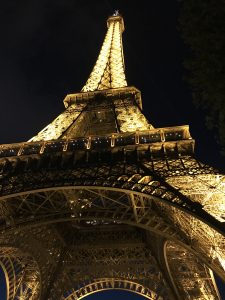
- There’s an unwritten law that states that every city in France must have a road named after Victor Hugo, author of Les Misérables. Paris’ Avenue Victor-Hugo can be found in the 16th arrondissement, and is also where the novelist lived.
- Have you seen Disney’s The Hunchback of Notre Dame? It’s set in Paris’ most famous cathedral and is based on the legend of Quasimodo, who is said to ring the bells of the church. At least that’s what novelist Victor Hugo said in his 1831 story.
- It’s someone’s job to count and document the trees of Paris. The last count? 470,000. Parisians are proud people, and have a unified approach to maintaining the beauty of their green city.
- There are more dogs in Paris than children. Parisians love their furry friends, and it’s not uncommon to see their owners treating them to a doggy spa session.
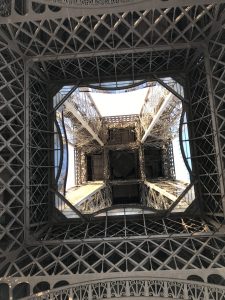
- The Eiffel Tower is constructed entirely from metal, and during the summer heat, can sway up to 7 inches. Speaking of heat, the painters of The Eiffel Tower are rarely out of work. It requires repainting every few years, and the paint on the landmark alone weighs that of 10 elephants.
- In 1944, as the Nazi’s stormed Paris, Hitler ordered that the tower be destroyed. Thankfully, the General he gave the order to ignored the command, and we still are lucky enough to have the Eiffel Tower today.
- The Louvre (or Musée du Louvre) is the world’s largest art gallery and museum, boasting over 38,000 pieces of art within its walls.
- The Louvre staff managed to secret most valuable pieces of art out of the museum before the Nazi’s occupied Paris. During the war, the Nazi’s utilised the space to store stolen artwork, but after liberation, the staff brought the hidden artwork back. Nobody knows where they had hidden it for the duration of the war.
- The Louvre’s most heavily trafficked piece of art is the Mona Lisa, Renaissance master Leonardo Da Vinci’s super-famous portrait. In 1962, the artwork was insured for a record-breaking $100 million, which today equates to $650 million.
